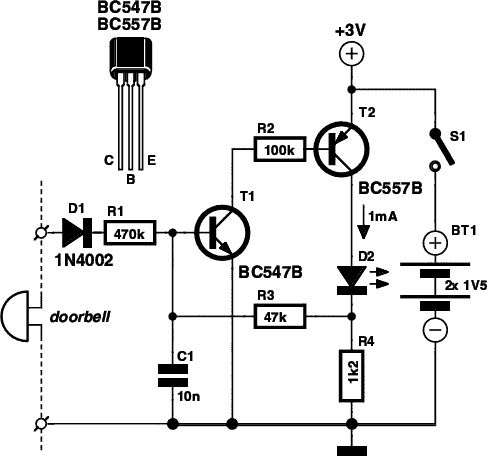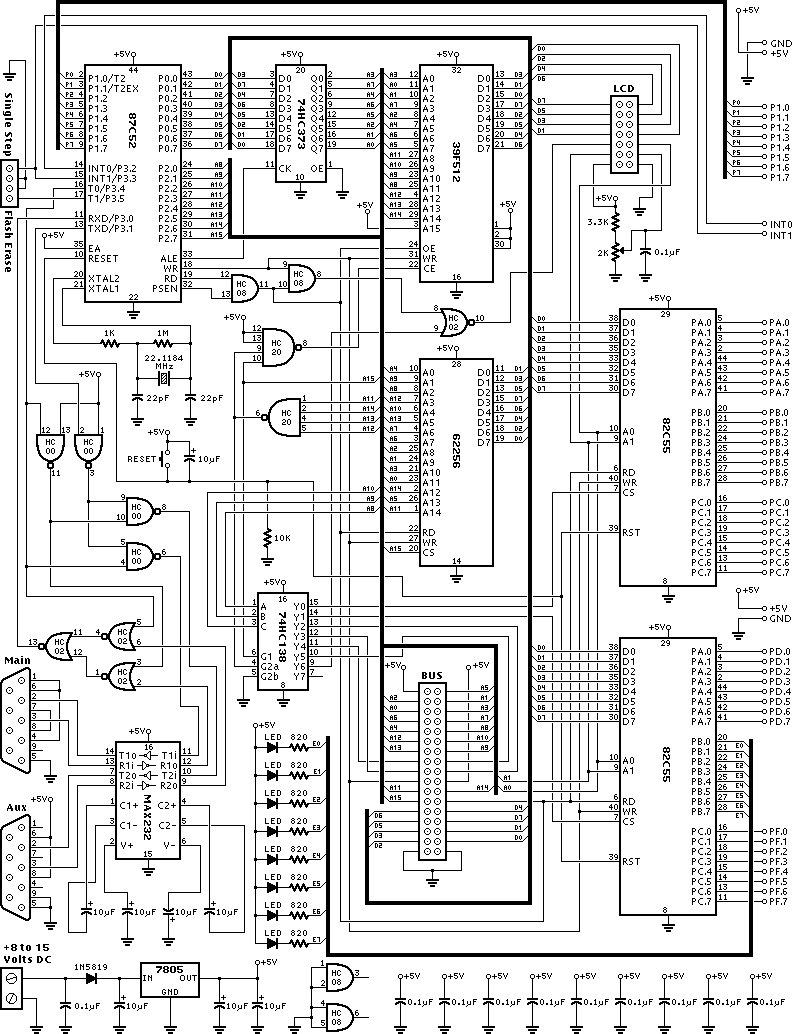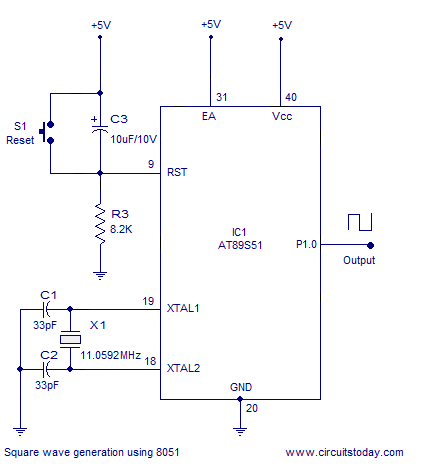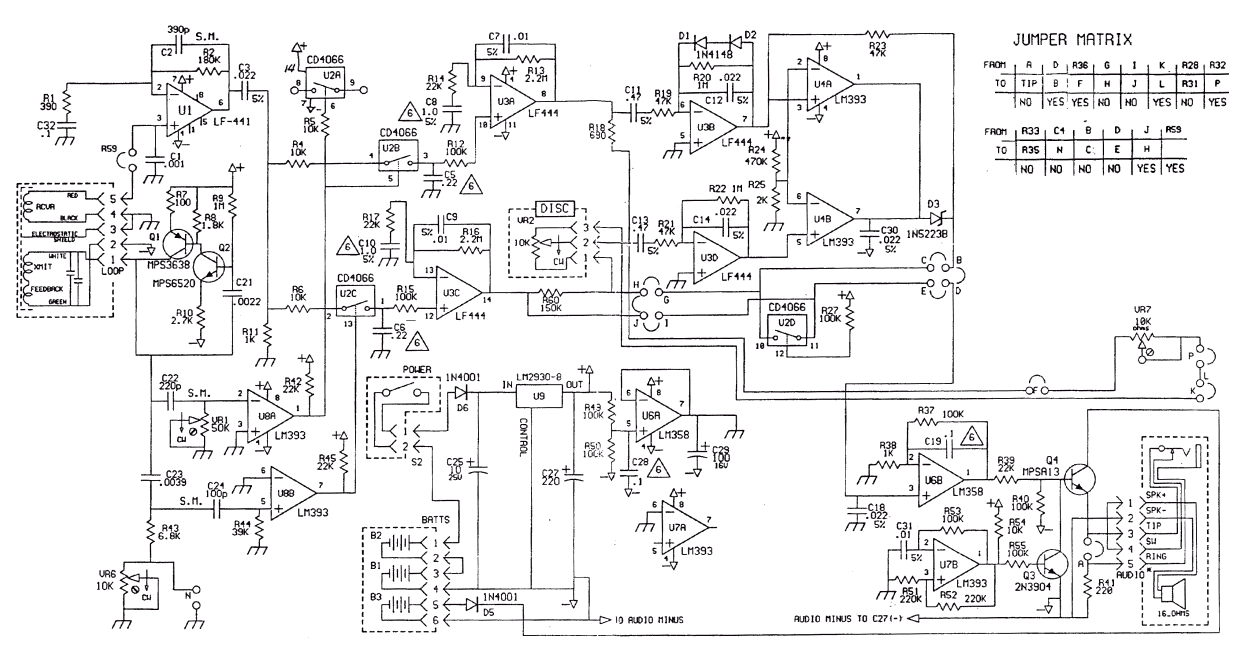
Classic 8051 Memory Layout

The CODE and CONST memory classes are generally stored in ROM, which can be either off-chip or on-chip. The CODE memory class is utilized for the actual program code, while the CONST memory class is designated for constant variables declared in code space. Additionally, up to 32 code banks may be employed for code banking applications. Although these are technically located in code space, they are assigned their own address space. The XDATA memory class is typically stored in RAM, which may also be off-chip or on-chip in newer devices. It contains external program data—named so because it was originally off-chip in the 8051 devices—including variables declared with the xdata and pdata memory types.
The CODE and CONST memory classes play crucial roles in embedded system design, particularly in microcontroller applications such as the 8051 architecture. The CODE memory is dedicated to storing the executable instructions of the program, ensuring that the microcontroller can execute its tasks efficiently. The CONST memory, on the other hand, is essential for storing immutable data, allowing the program to reference constant values without the risk of modification during execution.
In applications requiring code banking, the ability to utilize up to 32 code banks allows for more extensive program storage and management. Each code bank can be accessed independently, enabling the microcontroller to switch between different sets of instructions dynamically. This feature is particularly advantageous in complex applications, where different operational modes or functionalities may be required at different times.
The XDATA memory class, stored in RAM, is crucial for managing dynamic data and variables that the program needs to manipulate during runtime. This memory type facilitates the storage of larger datasets or buffers, which is particularly important in applications involving data processing or communication. The distinction between xdata and pdata memory types allows developers to optimize memory usage based on the specific needs of their applications, enhancing overall system performance.
Overall, understanding the architecture and functionality of these memory classes is vital for designing efficient and effective embedded systems, ensuring that both program code and data management are handled optimally.The CODE and CONST memory classes are typically stored in ROM that may be either off-chip or on-chip. The CODE memory class is used for the actual program code while the CONST memory class is used for constant variables declared in code space.
In addition, up to 32 code banks may be used for code banking applications. While these are technically l ocated in code space, they are assigned their own address space. The XDATA memory class is typically stored in RAM that may be off-chip or on-chip (on newer devices). It contains external program data (named because it was off-chip on the original 8051 devices) including variables declared with thexdata and pdata memory types.
🔗 External reference
The CODE and CONST memory classes play crucial roles in embedded system design, particularly in microcontroller applications such as the 8051 architecture. The CODE memory is dedicated to storing the executable instructions of the program, ensuring that the microcontroller can execute its tasks efficiently. The CONST memory, on the other hand, is essential for storing immutable data, allowing the program to reference constant values without the risk of modification during execution.
In applications requiring code banking, the ability to utilize up to 32 code banks allows for more extensive program storage and management. Each code bank can be accessed independently, enabling the microcontroller to switch between different sets of instructions dynamically. This feature is particularly advantageous in complex applications, where different operational modes or functionalities may be required at different times.
The XDATA memory class, stored in RAM, is crucial for managing dynamic data and variables that the program needs to manipulate during runtime. This memory type facilitates the storage of larger datasets or buffers, which is particularly important in applications involving data processing or communication. The distinction between xdata and pdata memory types allows developers to optimize memory usage based on the specific needs of their applications, enhancing overall system performance.
Overall, understanding the architecture and functionality of these memory classes is vital for designing efficient and effective embedded systems, ensuring that both program code and data management are handled optimally.The CODE and CONST memory classes are typically stored in ROM that may be either off-chip or on-chip. The CODE memory class is used for the actual program code while the CONST memory class is used for constant variables declared in code space.
In addition, up to 32 code banks may be used for code banking applications. While these are technically l ocated in code space, they are assigned their own address space. The XDATA memory class is typically stored in RAM that may be off-chip or on-chip (on newer devices). It contains external program data (named because it was off-chip on the original 8051 devices) including variables declared with thexdata and pdata memory types.
🔗 External reference





